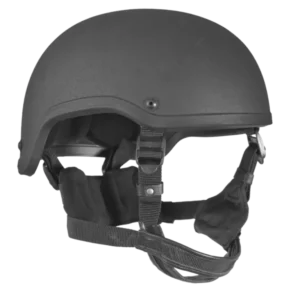Ballistic vs Fragmentation Protection: What’s the Difference?
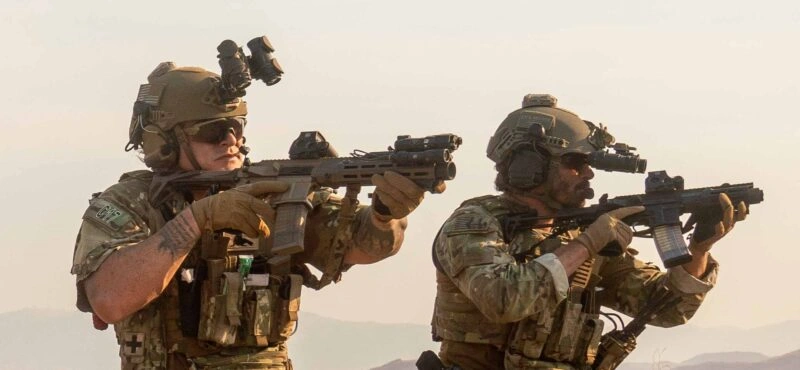
When it comes to protective gear, especially helmets designed for military, law enforcement, or tactical applications, understanding the difference between ballistic and fragmentation protection is essential. Though these terms are often used interchangeably, they refer to different threats and require distinct approaches in helmet design and material technology.
This blog will explain the critical differences between ballistic and fragmentation protection, why both are important in helmet construction, and how modern helmets balance these capabilities to keep wearers safe in complex threat environments.
Ballistic vs Fragmentation
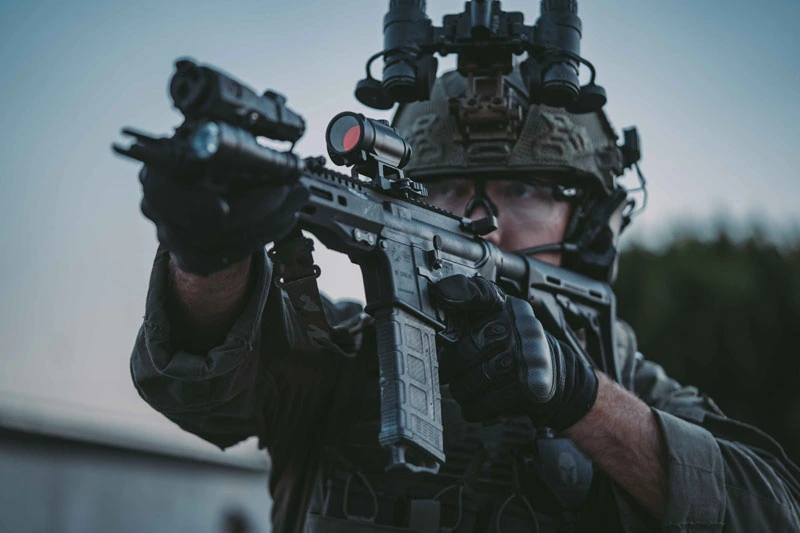
Ballistic threats primarily refer to high-velocity projectiles such as bullets fired from firearms. These threats are characterized by concentrated energy focused on a small point of impact. The challenge in protecting against ballistic threats lies in the helmet’s ability to stop or slow down these bullets, preventing penetration and reducing blunt force trauma.
Fragmentation threats, on the other hand, come from explosive devices such as grenades, artillery shells, or improvised explosive devices (IEDs). When such devices detonate, they produce high-speed shrapnel or fragments that vary in size, shape, and velocity. Unlike bullets, fragments are often irregular, and the protective gear must prevent penetration from these jagged projectiles and absorb the impact energy over a larger area.
Chase Tactical Level IIIA Ballistic Helmet with Fragmentation Protection
The Chase Tactical Striker Level IIIA ACH High Cut Ballistic Helmet is engineered to meet the latest U.S. military standards, offering advanced protection against ballistic and fragmentation threats. This helmet is tested to NIJ 0106.01 and Mil-Std 662F and provides reliable defense against handgun rounds and explosive debris, making it ideal for modern tactical environments. Its high-cut design allows seamless compatibility with communication gear and hearing protection, enhancing operational effectiveness without compromising safety.
Built for long-term wear, the helmet features a Comfipad suspension system paired with a secure four-point harness and leather-lined chin strap, delivering stability and comfort during high-intensity operations. Widely adopted by law enforcement personnel, the Striker Level IIIA helmet is trusted for its durability, fit, and multi-threat protection, making it a top-tier choice for professionals operating in unpredictable, high-risk situations. Gear up with the Chase Tactical Level IIIA Helmet for unmatched protection.
What is Ballistic Protection in Helmets?
Ballistic protection in helmets refers to their ability to resist penetration by bullets and other high-velocity projectiles. This protection is typically tested and rated according to standards such as the National Institute of Justice (NIJ) ballistic resistance levels or military standards like MIL-STD-662F.
Key Features of Ballistic Protection
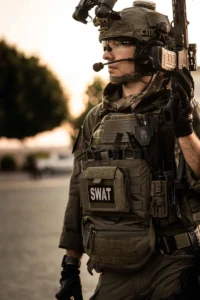
Ballistic protection involves a combination of materials and engineering techniques to prevent penetration and manage the transfer of energy. Below are the core components that define effective ballistic helmets.
Material Composition
Ballistic helmets are commonly constructed from aramid fibers, such as Kevlar, or advanced materials like Ultra-High-Molecular-Weight Polyethylene (UHMWPE). These materials are layered to absorb the kinetic energy of bullets and disperse it across the helmet’s structure.
Penetration Resistance
The helmet’s outer shell is engineered to deform or stop incoming projectiles. This prevents bullets from piercing through and entering the skull, which is critical for survival in high-threat environments.
Blunt Force Mitigation
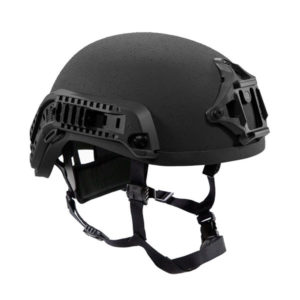
Even if a bullet doesn’t penetrate, the resulting impact can cause serious injury. Ballistic helmets are equipped with padding and suspension systems designed to absorb this force, minimizing concussions and skull trauma.
Weight vs Protection
Higher levels of protection often require additional material layers, increasing weight. Helmet designers strive to strike a balance by using lightweight composites that provide strong protection without compromising mobility and comfort.
What is Fragmentation Protection in Helmets?
Fragmentation protection focuses on the helmet’s ability to stop or deflect small, fast-moving pieces of metal debris or debris generated by explosions. Unlike bullets, fragments tend to have irregular shapes and varying trajectories, making the design challenge unique.
Key Features of Fragmentation Protection
Helmets must absorb shock and prevent penetration from small, fast-moving fragments to resist explosive debris. Below are the essential features of fragmentation-resistant helmets.
Impact Dispersion
Fragmentation helmets disperse the impact over a wide area, thereby reducing the force intensity at any point. This lessens the chance of injury from sharp or jagged fragments.
Material Toughness
Materials used in fragmentation helmets are specially chosen for their ability to resist cracking, tearing, or piercing. Composite shells with high durability help prevent debris from breaching the helmet surface.
Additional Padding
Internal padding plays a crucial role in absorbing impact energy. Fragmentation protection often includes advanced foam or gel liners that cushion the head against blunt trauma caused by secondary impacts.
Multi-threat Capability
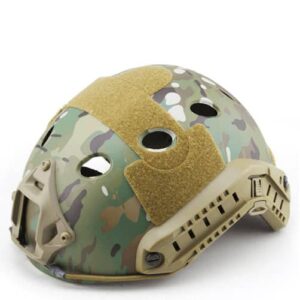
Modern tactical helmets are increasingly designed to handle both ballistic and fragmentation threats. This dual-purpose capability ensures readiness in unpredictable combat or tactical environments.
Why Both Protections Matter in Helmets
In modern combat and tactical situations, soldiers and first responders face multiple threats simultaneously. It’s not enough for a helmet to only stop bullets if it can’t protect against fragments from explosions nearby. Likewise, a helmet designed only for fragmentation may fail catastrophically against a direct bullet strike.
A balanced helmet must:
- Protect Against Bullets: These remain a lethal threat in firefights and engagements at range.
- Defend from Explosive Debris: Fragmentation injuries are common in urban warfare and counter-terrorism operations.
- Manage Weight and Comfort: Overly heavy helmets reduce mobility and increase fatigue, compromising safety.
Material Innovations Bridging Both Protections
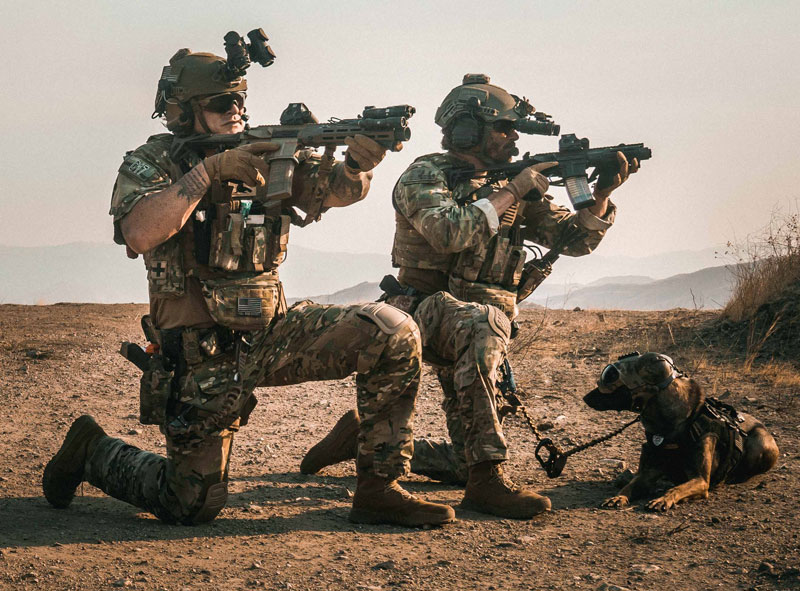
Modern helmet manufacturers utilize advanced composite materials and layering techniques to protect against ballistic and fragmentation without excessive weight. Some of the innovations include:
- Hybrid Composites: Combining aramid fibers (like Kevlar) with UHMWPE or carbon fiber layers to maximize penetration resistance and toughness.
- Ceramic Plates or Inserts: Hard ceramic plates embedded in helmets help break up bullets while allowing the rest of the shell to absorb fragmentation impacts.
- Improved Resins: Modern resins enhance the bonding and flexibility of composite materials, increasing impact resistance against diverse threats.
- Shock-absorbing Liners: Specialized foams and gel liners inside helmets reduce blunt force trauma from bullet impacts and fragments.
Conclusion: Choosing the Right Helmet Protection
Choosing between ballistic and fragmentation protection isn’t an either/or decision. Instead, the best helmets incorporate both to provide comprehensive protection against a wide range of threats. Whether operating in combat zones, urban environments, or tactical law enforcement missions, helmets must offer reliable protection from bullets and explosive fragments while minimizing wearer fatigue.
Understanding the key differences between ballistic and fragmentation threats empowers users to make informed choices about protective gear. When evaluating helmets, consider the threat environment, required protection levels, and comfort factors to find the ideal balance of safety and performance.
Frequently Asked Questions
Can a ballistic helmet protect against fragmentation?
Yes, most modern ballistic helmets are designed to offer some level of fragmentation protection. However, helmets tested and rated for fragmentation provide better defense against explosive debris.
Are heavier helmets always better for protection?
Not necessarily. While heavier helmets may include more protective layers, they can cause fatigue and reduce mobility. Advances in materials have enabled manufacturers to produce helmets that strike a balance between lightweight comfort and effective protection against ballistic and fragmentation threats.

